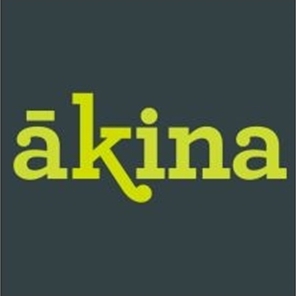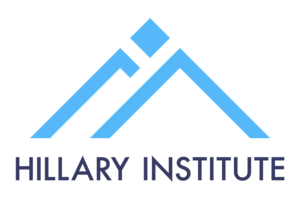Hub Launched To Empower Architects And Engineers To Build Above Code
An online hub - Design.Resilience.NZ - has launched to make it easier to build more resilient homes and buildings that help communities bounce back from natural hazard events sooner.
A joint initiative between the Natural Hazards Commission Toka Tū Ake (NHC), BRANZ, MBIE and New Zealand's technical societies, Design.Resilience.NZ houses guidance for architects, engineers and others in the construction industry on how to build sustainable homes that go beyond the basic requirements set out in New Zealand’s building code.
“Buildings that meet code are safe, but they might not perform as well as people expect in an earthquake,” explains NHC’s Principal Advisor for Resilient Buildings, Caleb Dunne.
The building code focuses on life safety, so buildings that meet code aren’t likely to collapse or cause injury or death.
However, new NHC-funded research shows that New Zealanders expect more than life safety from their buildings. The Resilient Buildings Project found that people also expect to be able to shelter in place and have access to critical services like hospitals following an earthquake.
“Code minimum buildings may not accomplish this, which is why we support design that exceeds code,” says Caleb.
Very few new builds exceed code, and Caleb puts this down to a misunderstanding about the cost benefit of resilient design, and a lack of incentive to do so.
“The good news is that exceeding code minimum doesn’t have to break the bank,” he says.
Further NHC-funded research shows that the cost of incorporating more resilient designs so that buildings can be readily occupied after an earthquake are minimal.
“For a bit more money, we can get much better outcomes for our buildings that means they experience less damage in a major event, leading to less disruption to peoples’ lives and livelihoods. People would be able to shelter in place and shops would be open for business faster. It would mean whole communities are able to recover much more quickly.”
Part of the challenge of building above code has been the lack of central guidance.
“Unlike regulatory documents like the building code which are administered through MBIE, there isn’t one agency that says these are the documents you need if you want to build above code,” Caleb says.
Rather, various agencies put out guidance on their respective channels, meaning people have to search for relevant documents.
Putting all the information in a current, easy-to-access location is the goal of Design.Resilience.NZ. New documents are always being added, and each document is reviewed by an expert steering panel, so visitors can be sure that the information is technically sound and up to date.
“Many people don’t know they can ask for more from their buildings. The point of Design.Resilience.NZ is to become is a one-stop-shop for anyone who is interested in building, buying or upgrading a home to above code minimum.”
Caleb also invites people to submit ideas through Design.Resilience.NZ for new guidance documents that the steering committee could commission.
“We encourage anyone working on a building project to visit Design.Resilience.NZ for useful guidance on how to incorporate more resilient design into your project. We live in a hazard-prone country, so a bit more investment up-front can pay off massively in the long run,” he says.


 Harmony Energy: Ceremony Heralds Start Of Construction On New Zealand’s Largest Solar Farm Project
Harmony Energy: Ceremony Heralds Start Of Construction On New Zealand’s Largest Solar Farm Project Stats NZ: Annual Number Of Home Consents Down 7.4 Percent
Stats NZ: Annual Number Of Home Consents Down 7.4 Percent Plains Media: Plains FM Announces Name Change After 37 Years
Plains Media: Plains FM Announces Name Change After 37 Years NIWA: Flooding From Underneath - New Tool Reveals Shallow Groundwater Elevations
NIWA: Flooding From Underneath - New Tool Reveals Shallow Groundwater Elevations Commerce Commission: Commission Concludes Auckland Airport Over-charging By $190 Million
Commerce Commission: Commission Concludes Auckland Airport Over-charging By $190 Million The Future Is Rail: Ferry Decision - Common Sense Prevails
The Future Is Rail: Ferry Decision - Common Sense Prevails



